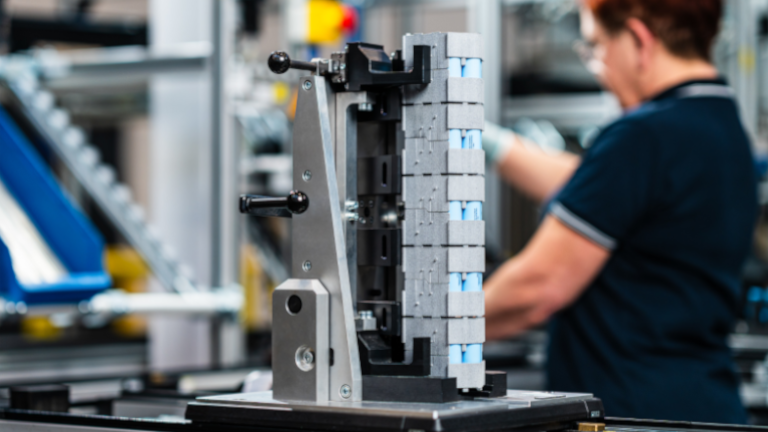Insulation: it’s certainly not the most glamourous part of battery design, but it’s an essential component in every system. But why is insulation so vital? And what are the properties of the best insulators?
Table of Contents:
Key Takeaways:
- Electrical Isolation: Insulating materials prevent short circuits by electrically separating components within the battery system.
- Thermal Management: Effective thermal insulation ensures heat dissipation, maintaining optimal operating temperatures and preventing overheating.
- Vibration Damping: Insulators absorb vibrations and impacts, enhancing the durability and reliability of the battery system.
- Compliance with Standards: Adherence to industry standards, such as UL 94, ensures the safety and market readiness of insulating materials.
What are insulating materials in battery systems?
Insulators are mainly used to separate electrical components within a battery system. To perform this role effectively, the insulating material must have high electrical resistance, plus it must have high strength. The gaps also need plugging to avoid empty spaces where dust and other substances can gather, which could affect the battery’s operation and safety.
Insulators also act as dampers, meaning that they suppress vibrations and impacts, making the battery system more robust and able to withstand the rigours of use. Material must also have some flexibility – Young’s Modulus tells designers which materials are suitable. Protection from impact and vibrations is particularly important with e-bike batteries, which can undergo significant impact at times.
Thermal insulation for batteries
The insulation in a battery system should also act as a thermal conductor, allowing heat to dissipate from cells and FETS on BMS. Silicone pads are highly effective at this, thanks to their thermal properties.
It must also be remembered that critical insulators must meet certain guidelines in order to be sold in specific markets. For example, in the US, there are specific requirements regarding flammability, with critical insulators required to be rated or tested according to UL 94.
Overall, insulating material is very important within a battery system and can’t be overlooked during the design process. At EMBS, our designers understand the importance of insulation and can ensure the correct insulation is used to meet the requirements of any target market.
Read also: Are Electric Bike Batteries Safe?
FAQ
What are insulating materials in battery systems?
Insulating materials are components used to electrically separate various parts within a battery system. They must possess high electrical resistance and mechanical strength to prevent short circuits and ensure the safety and efficiency of the battery.
Why is thermal insulation important in battery systems?
Thermal insulation helps dissipate heat generated during battery operation, preventing overheating and potential thermal runaway. Materials like silicone pads are effective in transferring heat from cells and Battery Management System (BMS) components.
What role do insulating materials play in vibration damping?
Insulating materials act as dampers, suppressing vibrations and impacts. This function enhances the battery system’s robustness, allowing it to withstand the rigors of use, which is particularly crucial for applications like e-bike batteries that may experience significant impacts.
Are there specific standards for insulating materials?
Yes, certain markets have specific requirements for insulating materials. For instance, in the U.S., insulators must meet flammability standards and be rated or tested according to UL 94 to ensure safety and compliance.
About the Author
EMBS
Leading manufacturer of advanced battery systems with a market presence of over 25 years. We specialise in rechargeable lithium-ion batteries, producing a wide range of systems with varying power and capacity.
